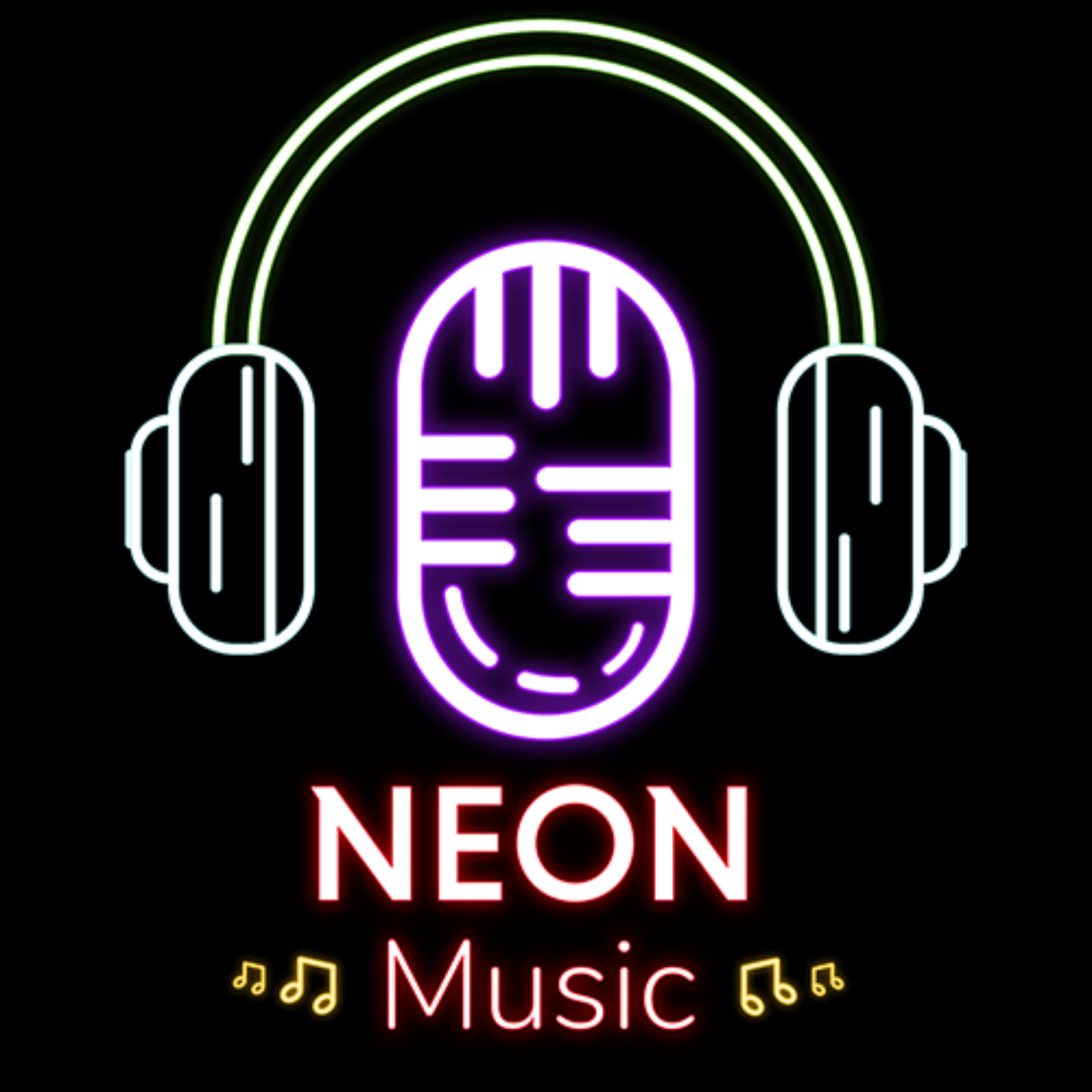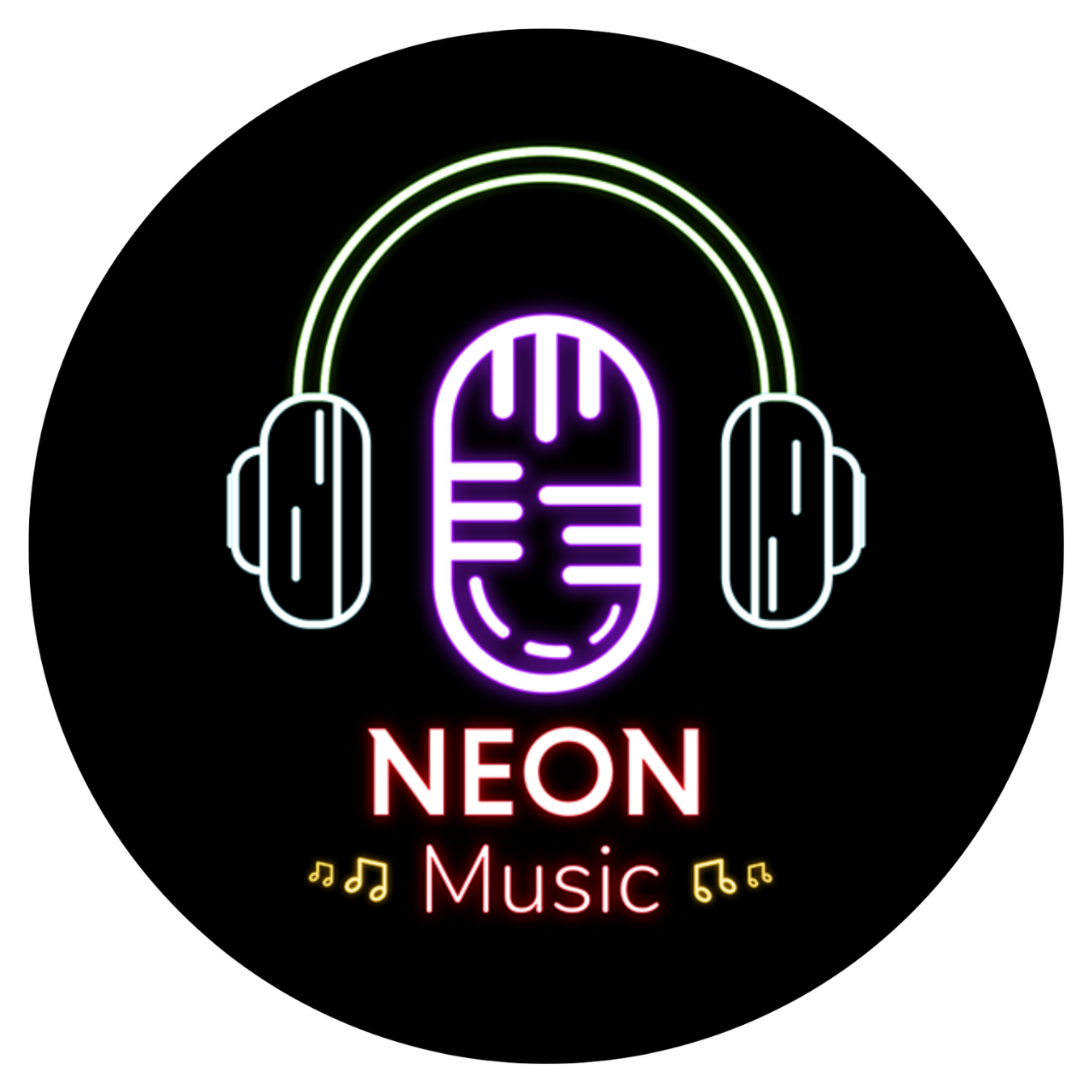The term Wasian has become a cultural flashpoint in the ever-evolving lexicon of identity.
Blending white and Asian in a portmanteau, it feels like a quick label, easy to pronounce but loaded with layers of history, perception, and personal experience.
With TikTok trends, Reddit rants, and think pieces shaping its usage, it’s worth unpacking what Wasian truly signifies—and why it matters in today’s conversations around identity, culture, and representation.
@sanymaa :p #fyp #fypシ #wasian ♬ original sound – clooo
What Is Wasian?
Let’s start simple: Wasian refers to individuals with mixed white and Asian heritage.
@angelina.pj Who actually has a white mum and an asian dad? #wasian #filipino ♬ original sound – Angelina
While its rise is tied to the need for shorthand in an increasingly global and diverse society, Wasian embodies far more than just convenience.
For some, it’s a badge of pride. For others, the word is uncomfortable, a linguistic Frankenstein’s monster stitching two distinct identities into one term that doesn’t quite sit right.
Redditors on the mixedrace forum frequently debate the term, with some embracing its ease and neutrality while others critique its emphasis on whiteness appearing first.
It’s not just a matter of semantics—it’s a microcosm of broader issues around race and identity.
The Double-Edged Sword of Identity Labels
Take a moment to explore the dichotomy. For many, Wasian offers a space for solidarity—a way to connect with others who share a similar duality.
On platforms like TikTok, trends like #WasianCheck showcase snippets of life as a mixed-race individual, from lighthearted anecdotes to cultural celebrations.
But the backlash isn’t subtle. Critics argue that labels like Wasian simplify the complexities of mixed-race experiences.
A contributor to the Daily Californian reflected on the term’s implications, saying, “As my appearance shifted, so did the recognition of my heritage. Suddenly, Wasian felt like it boxed me into an identity that didn’t reflect my lived reality.”
What’s Wrong With “Wasian”? A Closer Look
For some, the discomfort with Wasian lies in its order: “White” first, as if prioritising one part of identity over the other.
On Reddit, a commenter expressed frustration, saying it felt like a reminder that whiteness dominates the narrative, reducing the Asian experience to a secondary feature.
Others argue the issue is less about sequence and more about how labels inherently flatten nuanced experiences.
Whether Wasian, Blasian (Black and Asian), or Hapa (a term rooted in Hawaiian culture but often used more broadly), these words are shorthand, and shorthand rarely captures the full story.
A Deeper Dive: Cultural Celebration or Stereotype?
TikTok, the unofficial curator of Gen Z culture, has propelled Wasian into mainstream visibility.
But even here, the portrayal can feel reductive. From showcasing phenotypic “reveal” videos to emphasising exoticism, the platform sometimes reinforces stereotypes rather than dismantling them.
This raises critical questions: Are these trends celebrating diversity or turning it into spectacle?
Embracing Complexity
What’s clear is that Wasian reflects a broader struggle: reconciling multiple heritages in a world that often demands simplicity.
Wasian seems to be just one piece of a larger puzzle. While it may feel clumsy, it’s part of a broader conversation about how mixed-race individuals navigate their identities.
Ultimately, the term’s value lies in personal choice. Some may wear it proudly, others reject it outright. Neither approach is wrong.
As one Redditor wisely put it, “Call it a Rorschach test of sorts. Your identity isn’t the label—it’s the meaning you give it.”
Final Thoughts
The conversation about Wasian is far from over. As identity continues to evolve in the digital age, so will the language we use to describe it.
Whether you embrace, reject, or critique the term, the discussion it sparks is vital.
After all, understanding isn’t about finding one answer—it’s about exploring all the questions along the way.
You might also like:
- Mouthwashing: A Balanced Take on Space Horror Gaming
- The Rise and Charm of Chill Guy: Why Everyone’s Favourite Anthropomorphic Dog Refuses to Chill
- Just Give Me My Money: The TikTok Trend That’s Hilarious, Cringey, and Maybe a Little Mean
- The Curious Case of the Cuck Chair: Internet Slang, Hotel Design, or Something More?


